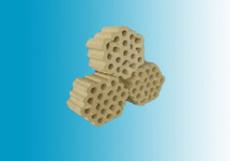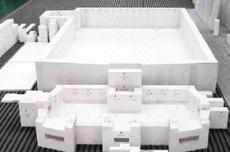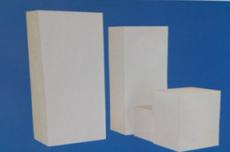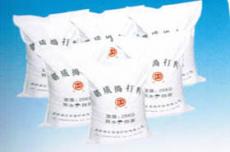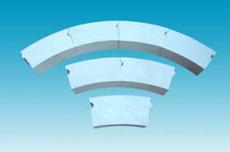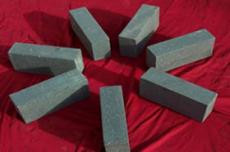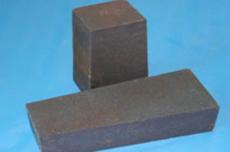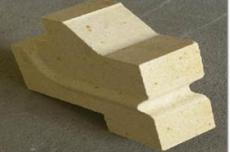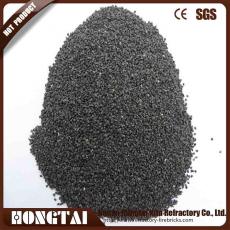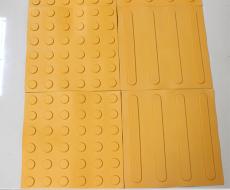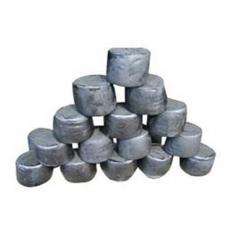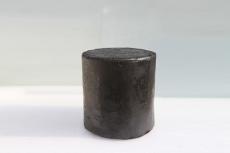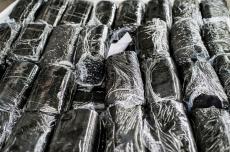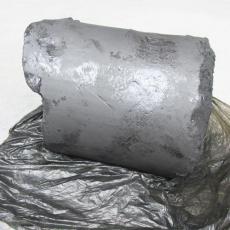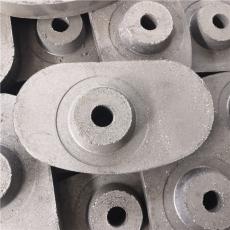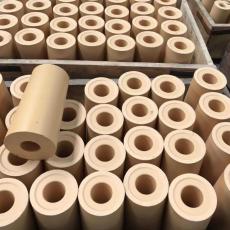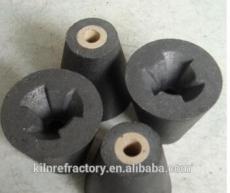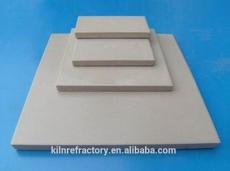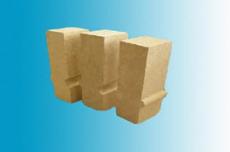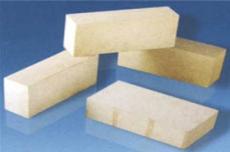
Refractory castables and refractory plastics are two common refractory materials, which have obvious differences in preparation process, material composition, application field and performance characteristics.
1. Preparation process
1. Refractory castables
Construction is carried out by pouring or vibration method.
The construction process requires the control of additives, dry mixing, wet mixing, vibration and other processes, and the quality control is relatively strict.
2. Refractory plastics
After preparation and mixing, they are extruded into brick shape with good plasticity.
The tamping method can be used for construction, the construction process is relatively simple and the construction efficiency is high.
2. Material composition
1. Refractory castables
Mainly composed of refractory aggregates, binders and admixtures.
Sometimes refractory aggregates and powders are added.
2. Refractory plastics
Mainly composed of refractory aggregates, powders, raw clay and chemical composite binders and admixtures.
Compared with refractory castables, refractory plastics usually contain more clay components.
3. Application fields
1. Refractory castables
Suitable for repairing and maintaining high-temperature areas such as furnace roofs and furnace walls.
Widely used in high-temperature industrial furnaces and equipment such as steel smelting furnaces, cement rotary kilns, and glass melting furnaces.
2. Refractory plastics
Suitable for lining construction of various furnace types such as heating furnaces, soaking furnaces, annealing furnaces, etc.
It is also widely used in metallurgy, chemical industry, building materials and other fields.
4. Performance characteristics
1. Refractory castables
It has high construction flexibility and wide applicability.
It can maintain good refractory performance and structural stability when subjected to high temperatures.
It is wear-resistant and corrosion-resistant, and has good resistance to chemical media such as acids and alkalis.
It has good quality stability, but it needs to wait for curing, curing and furnace baking after construction.
2. Refractory plastics
It has good plasticity and thermal shock resistance.
It can adapt to environments with large temperature fluctuations and reduce cracking and damage to the furnace lining caused by temperature changes.
The construction process is simple, the construction efficiency is high, and it is easy to control the thickness and flatness of the furnace lining.
It has good spalling resistance, can withstand drastic changes in furnace temperature, and has a long service life.
Refractory castables and refractory plastics have their own advantages in preparation process, material composition, application field, and performance characteristics. In practical applications, appropriate refractory materials should be selected according to the specific use environment and requirements.
